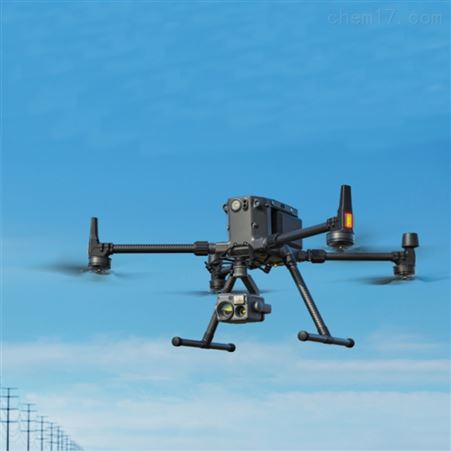Understanding Drone Utility Inspection
Drone utility inspection involves using UAVs (Unmanned Aerial Vehicles) to assess the condition and status of utility infrastructures. This technology provides a bird’s eye view of structures, allowing for detailed visualizations and data collection that traditional inspection methods might struggle to offer. By utilizing drones, companies can significantly reduce inspection times and increase the accuracy of their findings.
Benefits of Drone Inspection
- Enhanced Safety: Drones eliminate the need for workers to climb towers or work in hazardous environments, reducing the risk of accidents.
- Cost-Efficiency: The use of drones can cut down inspection costs as they require less time and manpower.
- Rapid Data Collection: With advanced sensors and cameras, drones can quickly gather precise data, enabling faster decision making.
Key Techniques for Effective Drone Inspections
To maximize the utility of your drone inspections, it is vital to employ certain techniques:
- Plan Thoroughly: GPS and software can help map out routes, ensuring comprehensive coverage of the area to be inspected.
- Utilize Advanced Imaging: High-resolution cameras or thermal imaging can provide detailed visuals, uncovering issues not visible to the naked eye.
- Conduct Regular Maintenance: Regularly service your drones to prevent malfunctions and ensure optimal performance during inspections.
- Data Analysis: Utilize AI-powered tools to analyze collected data, enabling effective pattern recognition and predictive maintenance.
Common Applications
Drone inspections are commonly used for various utilities. Power companies use them to inspect transmission and distribution lines, while water and gas utility providers can monitor pipeline conditions. With the capability to hover and maneuver in tight spaces, drones are perfect for inspecting wind turbines and solar panels as well.
Further, the versatility of drones allows them to be instrumental in emergency response situations, assessing damage after natural disasters, and ensuring public safety.
Choosing the Right Drone for Inspections
When selecting a drone for utility inspections, consider:

- Payload Capacity: Ensure the drone can carry necessary sensors and cameras for your specific needs.
- Battery Life: Longer battery life means more inspection time without needing frequent recharges.
- Weather Resistance: Capabilities to handle various environmental conditions ensure consistent performance.
Future of Drone Inspections
The future of drone utility inspection looks promising with advancements in AI and machine learning. These technologies will streamline data analysis and enhance the accuracy of predictions regarding infrastructure durability and maintenance needs.
FAQs
How often should drones be used for utility inspections?
Frequency depends on regulatory guidelines and the specific utility type. Routine checks might be monthly, quarterly, or after severe weather events.
Are drones suitable for all types of utility inspections?
While they are versatile, certain tasks may require additional tools or sensors, especially in underwater or specialized environments.
What are the regulations surrounding drone inspections?
Regulations vary by region, so it’s essential to stay informed about local laws related to drone operations and data privacy.